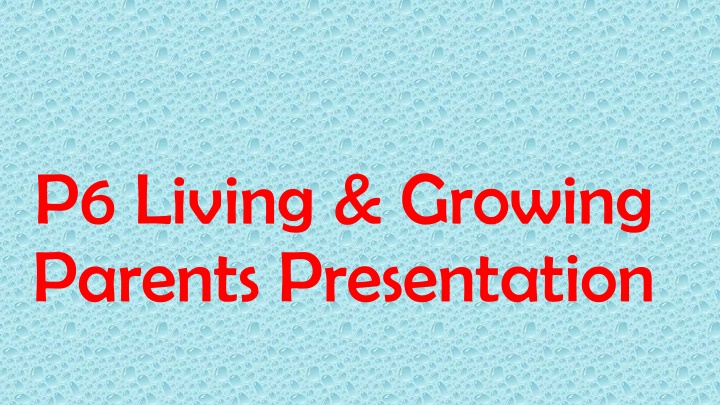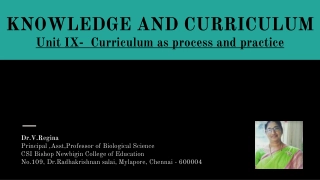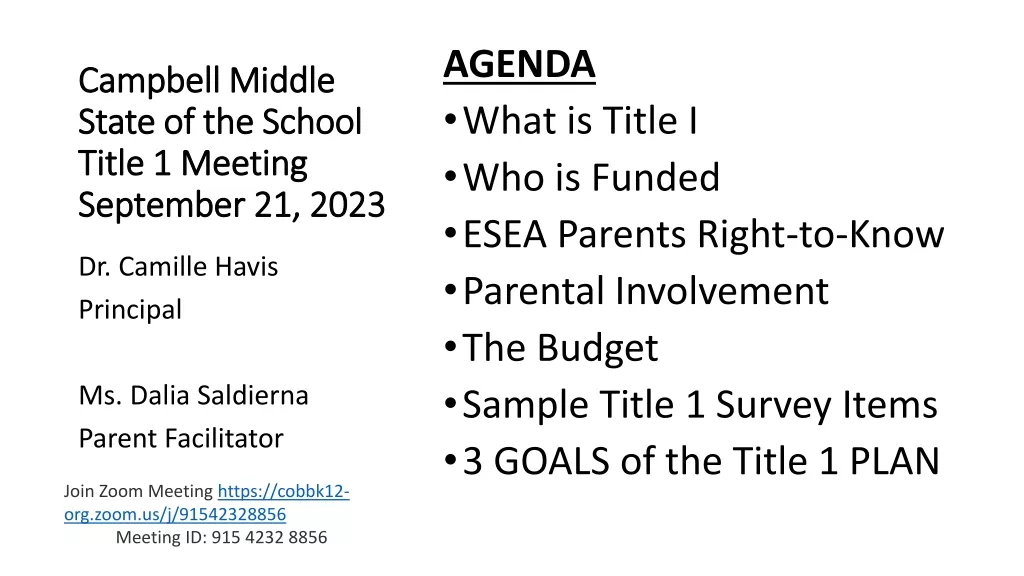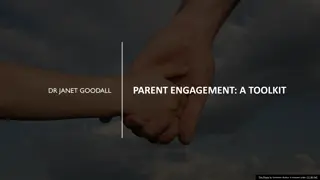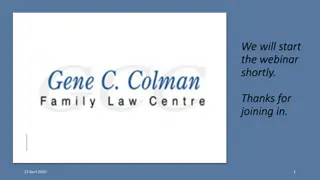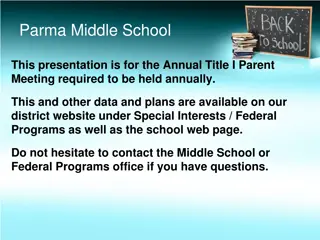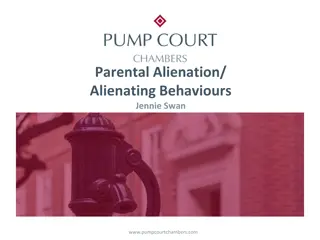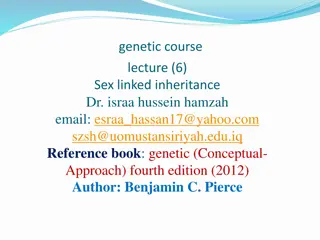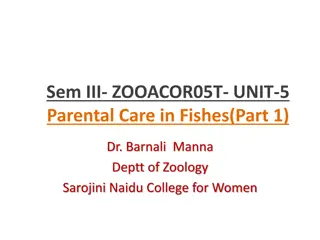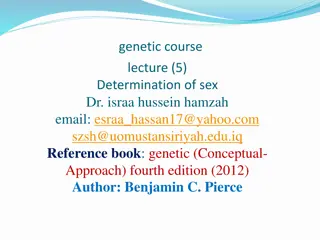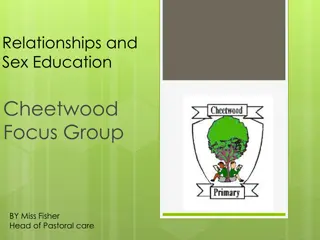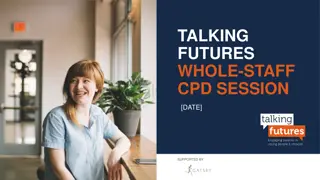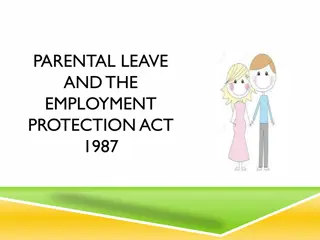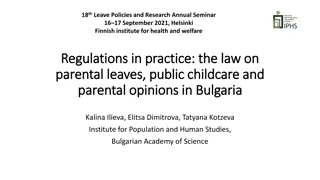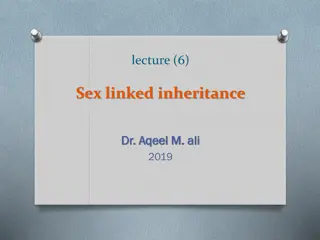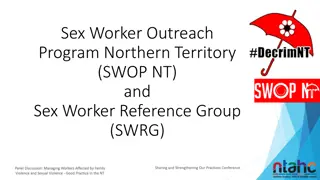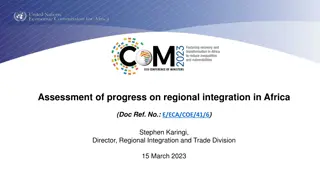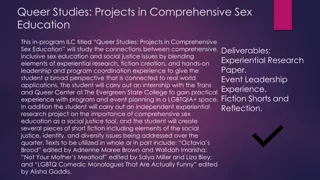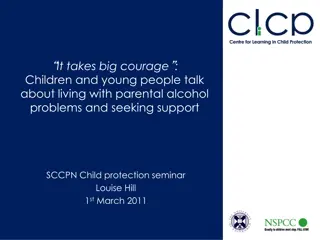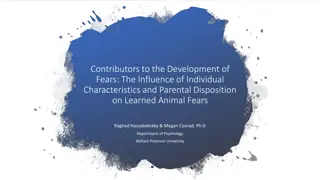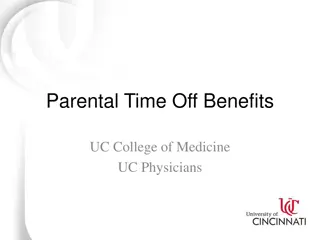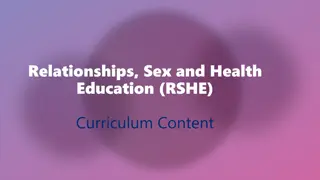Sex Education in P6: Curriculum Integration and Parental Support
Sex education in P6 is an essential part of the Curriculum for Excellence, focusing on Health and Wellbeing Experiences and Outcomes, as well as Science topics. It aims to help students understand their bodies, develop informed decision-making skills, and promote sexual health and wellbeing. Parents play a critical role in supporting this learning journey by engaging with the school curriculum and discussions at home.
Download Presentation

Please find below an Image/Link to download the presentation.
The content on the website is provided AS IS for your information and personal use only. It may not be sold, licensed, or shared on other websites without obtaining consent from the author.If you encounter any issues during the download, it is possible that the publisher has removed the file from their server.
You are allowed to download the files provided on this website for personal or commercial use, subject to the condition that they are used lawfully. All files are the property of their respective owners.
The content on the website is provided AS IS for your information and personal use only. It may not be sold, licensed, or shared on other websites without obtaining consent from the author.
E N D
Presentation Transcript
P6 Living & Growing Parents Presentation
The cunning plan Why do we teach Sex Ed in P6? Where does it fit into the curriculum? What will be taught? How will it be taught? How can parents support the teaching?
Why do we teach Sex Ed at P6? Because it is in the Curriculum for Excellence! P6 working through Second Level Experiences and Outcomes. These Experiences and Outcomes form the basis of our learning and teaching. They are part of an ongoing process from early Level to 4thLevel. It fits well into the Science topics being covered in P6.
Where does it fit into the curriculum? The work we do comes from Health and Wellbeing Experiences and Outcomes and Science Experiences and Outcomes.
Health and Wellbeing Es and Os Early/First level Second Level Third Level I recognise that we have similarities and differences but are all unique. HWB 0-47a/HWB 1-47a I recognise that how my body changes can affect how I feel about myself and how I may behave. HWB 2-47a I understand my body s uniqueness, my developing sexuality, and that of others. HWB 3-47a/HWB 4-47a I am aware of my growing body and I am learning the correct names for its different parts and how they work. HWB 0-47b/HWB 1-04b Using what I have learnt I am able to make informed decisions and choices that promote and protect my own and others sexual health and wellbeing. HWB 3-47b/HWB 4-47b
Health and Wellbeing Es and Os Early/First Level Second Level Third/Fourth Level I am learning what I can do to look after my body and who can help me. HWB 0-48a/HWB 1-48a I can describe the physical and emotional changes during puberty, understand why they are taking place and the importance of personal hygiene. I know how to access services, information and support if my sexual health and wellbeing is at risk. I am aware of my rights in relation to sexual health including my right to confidentiality, and my responsibilities, including those under the law. HWB 3-48a/HWB 4-48a
Science Experiences and Outcomes Second Level By investigating some body systems and potential problems which they may develop, I can make informed decisions to help me maintain my health and wellbeing. SCN 2-12a By investigating the life cycles of plants and animals, I can recognise the different stages of their development. SCN 2-14a By investigating the characteristics offspring inherit when living things reproduce, I can distinguish between inherited and non-inherited characteristics. SCN 2-14b
What will be taught? Puberty- changes at puberty for boys and girls Body parts- referred to by their correct names throughout. Lifecycles- how a baby is conceived and the birth of a baby.
How will it be taught? Watching the relevant parts of the Living and Growing DVD Weekly over five weeks Parents informed beforehand of the dates and subject matter Discussion about the key Learning in the video clip Question box
Living and Growing Changes
How can parents support the learning? Being aware of what is being taught on different dates Being open to discussing what the children have been learning Being aware that this learning is part of a Health and Wellbeing programme running through Primary and Secondary.
Date Monday 22nd Feb Topic Differences Main points of programme Naming body parts Monday 29th Feb Changes Differences between girls and boys Body changes at puberty Practical period chat from Mrs Watson (girls only) Different kinds of loving relationships How a baby is made Monday 7th March Girls Talk Boys talk Body changes at puberty Emotional changes at puberty Importance of personal hygiene Monday 14th March Relationships/repr oduction Monday 21st March Birth Getting ready to welcome a baby How to be a good parent Birth of a baby Inherited and non-inherited characteristics
